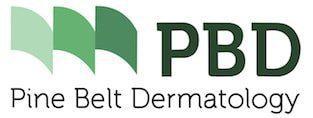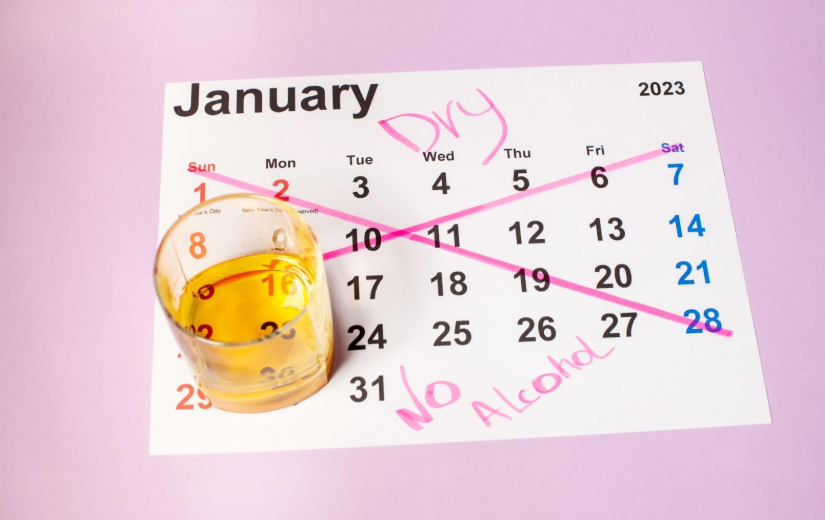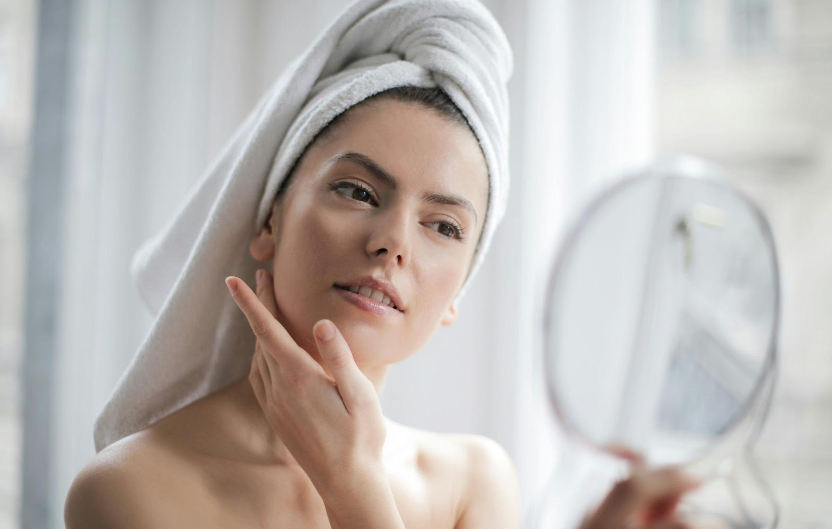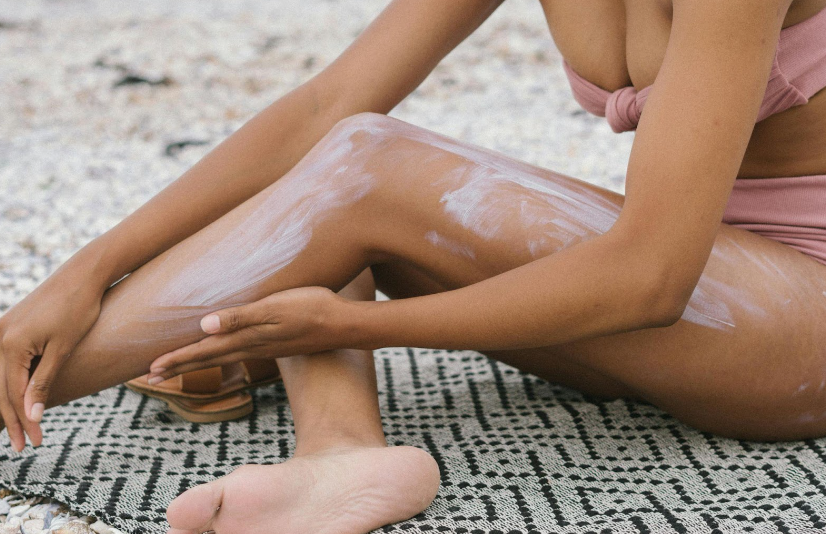Vitamin D & Your Skin - A Dermatologist's Perspective
Dr. Eugene Conte • March 27, 2017
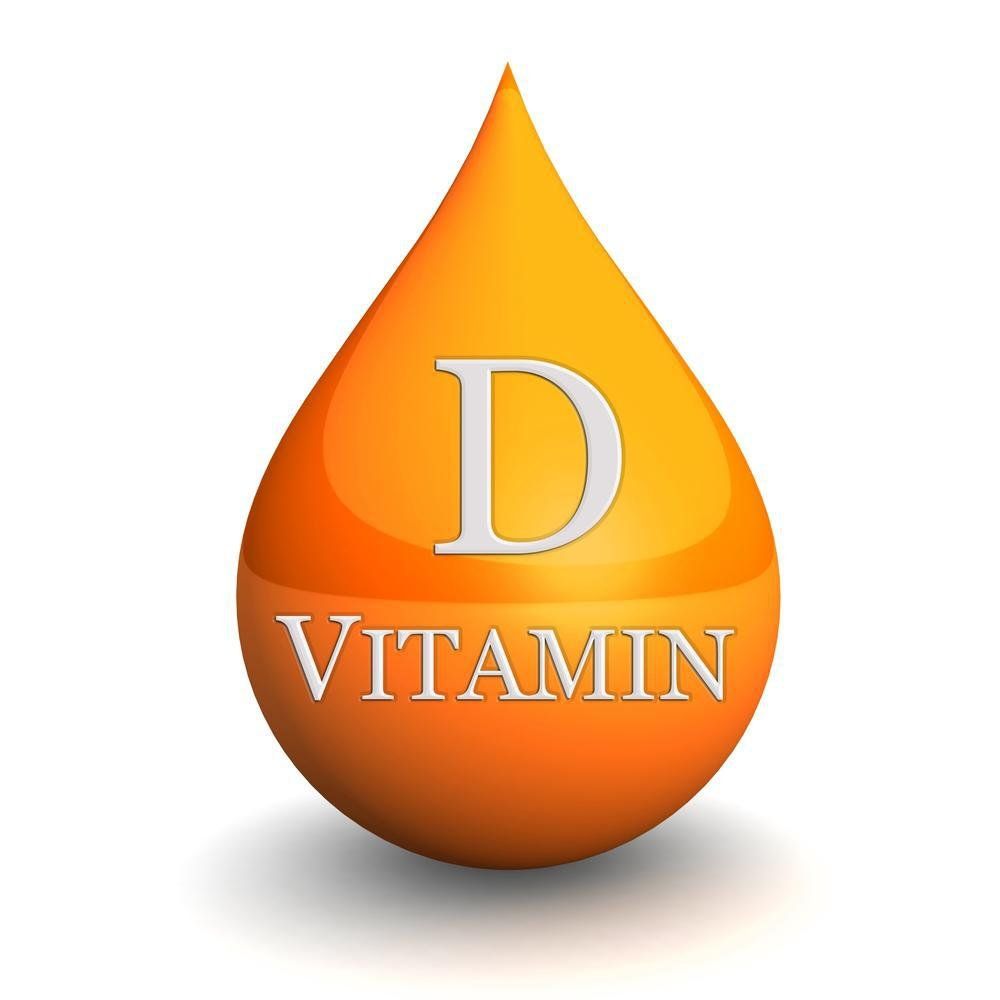
BENEFITS OF VITAMIN D
Our bodies need Vitamin D to build strong, healthy bones. Vitamin D helps the body absorb the calcium that our bodies require.
Without Vitamin D, bone disease can develop. A child can get rickets, which causes soft, deformed bones . Adults can develop a condition called osteomalacia, which also causes soft bones.
Anyone can develop osteoporosis. This disease causes your bones to thin and increases the risk of a fracture.
The results from many research studies suggest that Vitamin D might also protect us from other diseases, including high blood pressure, heart disease, and some types of cancer. While the evidence has grown regarding Vitamin D’s beneficial effects, researchers continue to study how Vitamin D keeps us healthy.
HOW MUCH VITAMIN D DO YOU NEED
To keep our bones healthy, we need a minimum daily dose of Vitamin D. The following table shows the recommended daily dietary allowance (RDA) for Vitamin D.
AGE RDA
- 0 - 12 months 400 International Units (IU)
- 1 – 70 years 600 International Units (IU)
- 71 + years 800 International Units (IU)
- Women who are pregnant or breastfeeding do not need additional
- Vitamin D. Men and woman require the same amount of vitamin.
Unless your physician tells you to take more Vitamin D because you have a certain medical condition that requires you do do so keep the following in mind.
While you may be tempted to take larger doses of vitamin D, more is not always better. A review of more than 1,000 research papers on
Vitamin D found that high amounts of Vitamin D could be harmful.
Our bodies store the Vitamin D that we cannot use. Over time , this Vitamin D can build up and cause problems with the normal functioning of our body. Toxic effects of Vitamin D can lead to high blood pressure and even kidney disease.
HOW TO GET VITAMIN D
I recommend that my patients get Vitamin D from the following sources:
- Foods naturally rich in Vitamin D
- Foods and beverages fortified with Vitamin D
- Vitamin D supplements
There are three Vitamin D superfoods:
- Salmon (especially wild caught)
- Mackerel (wild caught)
- Mushrooms exposed to ultraviolet light to increase their content of Vitamin D (not hot house grown)
- Cod Liver Oil
- Fish
- Fortified Cereals (sugar free)
- Oysters
- Caviar (Black and Red)
- Fortifies Soy Products (Tofu and Soy Milk)
- Salami, Ham, and Sausage
- Fortified Dairy Products
- Eggs
- Mushrooms
If you are like many people, you may not be getting your recommended dietary allowance of Vitamin D. You may want to change the foods that you eat or take a Vitamin D supplement.
Before you start taking a Vitamin D supplement, talk with your doctor because Vitamin D can react with some medicines, causing possible side effects. Taking certain medicines may increase the amount of Vitamin D you need.
THE RISKS OF GETTING VITAMIN D FROM THE SUN
Vitamin D is produced in your skin by Ultraviolet light, but the amount is highly variable and depends on many factors. Oral Vitamin D provides a reliable, effective and safe means of obtaining this Vitamin.
Vitamin D’s nickname is “the sunshine vitamin” because our bodies make Vitamin D when the sun’s rays hit our bare skin. Getting Vitamin D from the sun or tanning beds, however, increases your risk of developing:
Skin cancers, including melanoma, which can be deadly if not treated early.
Premature aging of your skin (wrinkles, age spots and blotchy complexion).
A weekend immune system.
For these reasons, dermatologists including myself recommend that our patients get Vitamin D safely from foods, beverages, and supplements. Dermatologists also recommend that you protect your skin for excessive sun exposure and avoid tanning beds as a means of increasing you Vitamin D levels.
TESTING FOR VITAMIN D
A blood test can tell you whether you are getting enough Vitamin D.
This test measures a compound in your blood called 25-hydroxy-Vitamin D.
When you see the test results from your blood test, your Vitamin D level will be given in nanograms per milliliter (ng/mL) or nanomoles per liter (nmol/L). For most people , a healthy level falls between 20 an 49 ng/mL (50 to 124 nmol/L), If your level is lower, you should talk with your doctor about additional supplementation of Vitamin D.
This article is only meant to be an introduction to the Vitamin D story as we know it today.
If any of my readers have any specific questions regarding Vitamin D and their skin you can address them to one of our providers or one of our nurses at: pbd.providers@pinebeltderm.com ; petal.nurse@pinebeltderm.com ; or hattiesburg.nurse@pinebeltderm.com .
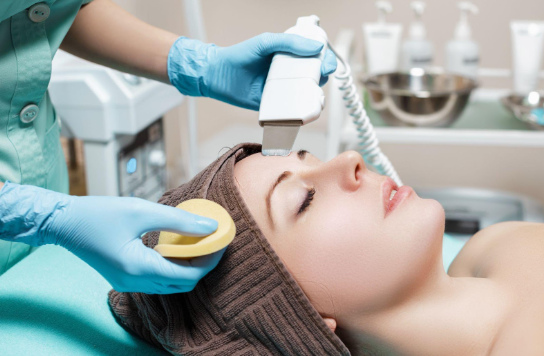
Your skin, the body's largest organ, is a vital indicator of your overall health. Changes in its appearance can signal underlying medical conditions that may require attention. Whether it’s ensuring you’re getting the right nutrients, managing stress, or seeking professional care, being attuned to what your skin tells you makes it easier to stay on top of your health.

Achieving healthy, glowing skin begins with an effective cleansing routine. However, small mistakes can disrupt your skin’s natural balance, leading to irritation, breakouts, or premature aging. Avoiding these common errors and incorporating advanced techniques can significantly impact your skincare journey.

You’ve likely felt it in your life: that uncomfortable feeling of tightness, flakiness, and sometimes even itchiness that can make your skin look and feel less than its best. But what exactly causes dry skin, and how do you treat it? Don’t fret because we’ve put together some treatment tips that can help your dry skin regain its moisture.
